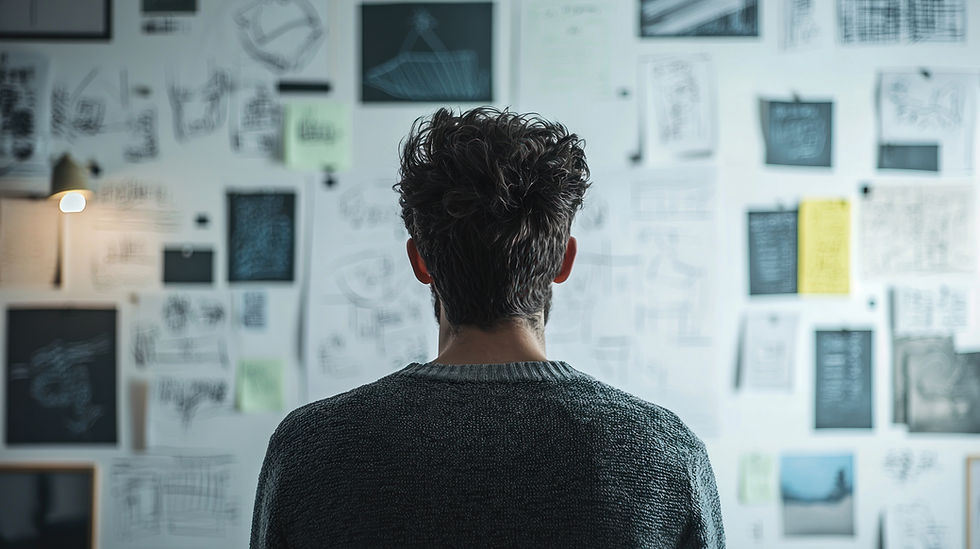"The AI Industrial Design Evolution: How the Game Is Changing"
- Laura Karik
- Dec 10, 2024
- 2 min read
Updated: Dec 19, 2024
Industrial design is going through big changes, driven by new technology and a fresh approach to the design process. The tools and methods shaping the future are more exciting than ever, opening up opportunities to redefine the field and its impact on society.

AI is leading the way in this evolution. It can speed up the idea process and uncovers hidden insights, but it’s not without challenges. AI systems can carry biases from the data they’re trained on, so designers need to stay alert and address these issues to create fair and inclusive outcomes. This calls for teamwork between human creativity and machine intelligence, with a strong focus on ethics and responsibility. The collaboration between designers and AI isn’t about replacing human ingenuity but enhancing it.
Recently, I participated in an IDEO global workshop about bringing AI into the design thinking process and was somewhat inspired by how others have been adapting at various levels. It was fascinating to see the innovative ways AI is being integrated into workflows. Some participants shared examples of AI aiding in material selection or even as a means of rapidly generating insights from a variety of inputs, while others emphasized the importance of maintaining human oversight. These discussions highlighted both the immense potential of AI and the care needed to implement it thoughtfully.

In another area, the era when design digitization was the limiting factor in a design's evolution is over. CAD programs have become significantly more adaptable, offering advanced tools that are easier to manipulate. Programs such as Creo, AutoCAD, and SolidWorks face substantial competition from smaller, potentially more accessible options for start-ups and smaller companies. VR is gradually entering our homes, presenting a completely new method of surfacing and concept generation in a virtual environment.
Simultaneously, fabrication methods are advancing rapidly. Techniques like 3D printing, advanced robotics, and sustainable materials are changing what’s possible in production. Prototypes can now be made quickly and affordably, allowing for iterative improvements and creative experimentation. This democratization of fabrication technology empowers designers, enabling them to push boundaries and explore new forms and functions. Beyond speed and cost, sustainability has also become a key focus, with many designers opting for eco-friendly materials and processes to reduce waste and environmental impact.

As technology reshapes industrial design, it’s clear that staying ahead means being adaptable, thoughtful, and innovative. Most importantly, our designs should always focus on people—creating solutions that improve lives, foster inclusivity, and address real-world needs. At its core, industrial design is about making a positive impact, and the tools we now have at our disposal allow us to do that better than ever before. The future of design is here, and it’s changing everything for the better.
Comments